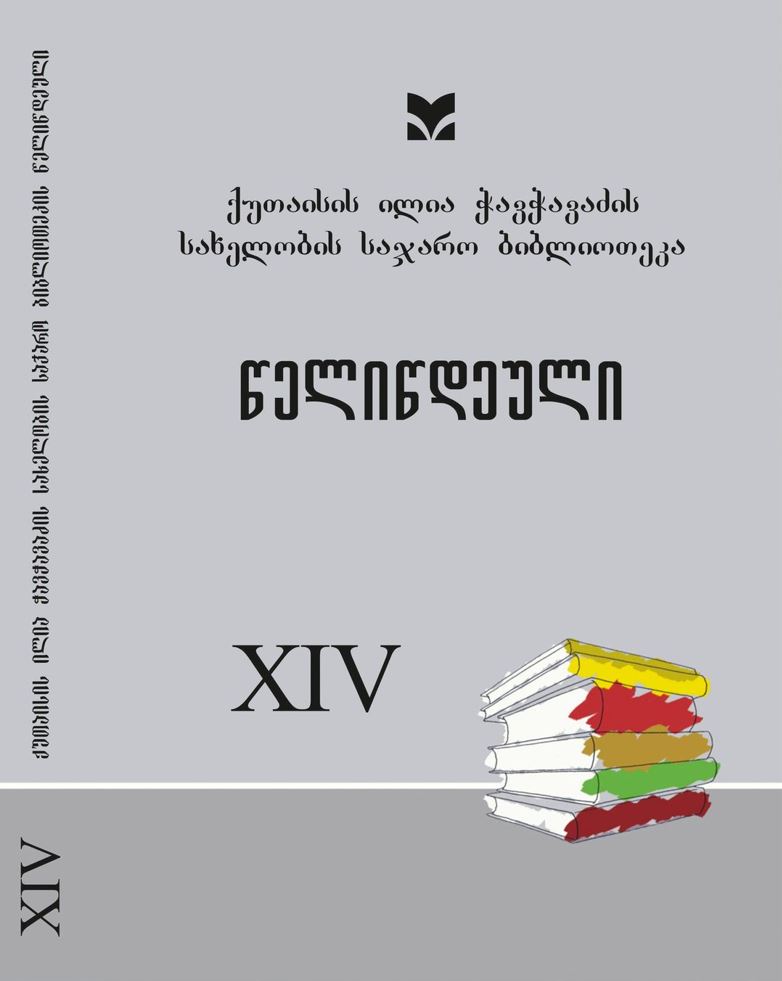თვალხილული ჯოჯოხეთი გურამ ოდიშარიას „დევნილთა უღელტეხილის“ მიხედვით
DOI:
https://doi.org/10.61491/yk.14.2022.7002საკვანძო სიტყვები:
აფხაზეთი მხატვრულ ლიტერატურაში, გურამ ოდიშარიას მოთხრობა "დევნილთა უღელტეხილი"ანოტაცია
The tragic events that unfolded during the Georgian-Abkhazian conflict of 1992-1993, which can be more accurately characterized as a Georgian-Russian war, continue to hold significant relevance today, partic-ularly in light of the ongoing Russia-Ukraine war. This conflict resulted in the occupation of 20% of Geor-gia’s territory by Russia, making it imperative to examine the facts, events, and objective reality surrounding this period. This research aims to convey to readers the harrowing chronicles of the 20th century’s recent past, ensuring that future generations understand the immense suffering endured by their parents and grandparents, and recognize Abkhazia as their homeland.
The story “Pass of IDPs,” written by Guram Odisharia on October 15-16, 1993, just three weeks after Abkhazia’s fall, remains a poignant account that vividly captures the ongoing turmoil and unhealed wounds of that time. The authenticity and raw emotions conveyed within the narrative reflect its immediate proximity to the unfolding events. Notably, Odisharia dedicated the story to his daughter, Salome Odisharia, emphasizing the importance of transmitting history to future generations.
“Passage of the IDPs” aptly describes Odisharia’s documentary-artistic account, reflecting the harsh reality faced by displaced individuals along their arduous journey. The pass itself had no previous name and was christened after the destitute population, who had no alternative but to traverse this treacherous route to save their lives. Reading Odisharia’s skillfully penned truth evokes an overwhelming sense of sorrow. The story unveils the relentless struggles and hunger endured by the doomed population, exacerbated by the merciless forces of nature. Freezing conditions plagued their arduous journey, where pausing for respite meant certain death, and the prospect of relief remained elusive. Odisharia does not shy away from depicting the grim reality of the road, exposing not only acts of kindness, support, and love, but also instances of robbery, betrayal, pain, and tears.
Despite the profound tragedy and anguish, the story imparts a glimmer of hope - the belief that, sooner or later, everyone will return to their homes. Moreover, the significance of this narrative lies in its capacity as a historical source, with the characters representing real people who directly experienced this unfathomable tragedy.




